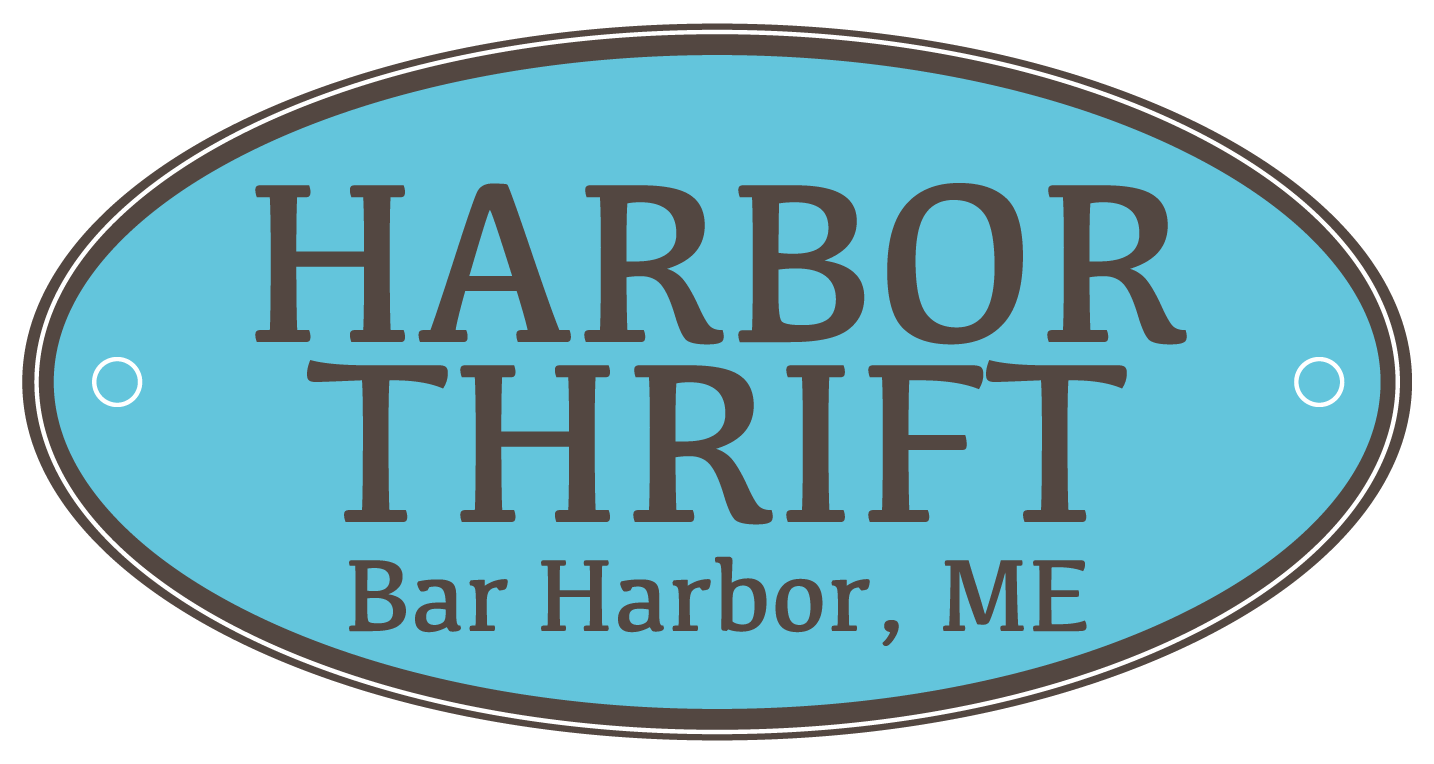Characterization was a good writer’s equipment, or “literary product” that takes place any moment the writer spends details to teach united states from the a person. That is put throughout a story in order to tell the fresh story.
Aristotle first defined characterization regarding 15 th century, talking about the necessity of spot over profile into the Poetics, “Disaster is image, not of males, but of step and you can existence.” What he setting is one to “tragedy” (otherwise drama, definition a story) is not centered on new advice, and records, and you may hopes for this new characters. The story was based on what the results are to them (the brand new patch), thus editors apply characterization so you can relay details about those viewpoint, records, and you can dreams, versus drifting off the action.
good. Direct/Explicit
This will be demonstrably informative, and sometimes spends the brand new narrator, the new protagonist, or the profile on their own. New narration, “Clara got always been good smug, sinful little princess,” is actually a variety of lead otherwise direct characterization, as well as new distinct conversation, “Nicholas can never prevent up to the guy will get exactly what the guy wants! He or she is crazy!”
b. Indirect/Implicit
Which a whole lot more slight type characterization utilizes you, the reader, to decide for yourself exactly what it means. Secondary or implicit characterization spends decisions, address, and look, therefore the opinions of almost every other letters. No matter if most other letters are often used to make lead characterization (“Nicholas was crazy!”), they could also be employed and then make secondary characterization on the on their own.
Learning exactly what it the setting are all enjoyable, and it’s how come fans polyamory date ne from particular instructions, shows, and you will clips is dispute throughout the even in the event a specific profile is good, or evil, or even in love. They usually have interpreted the latest characterization differently. Continue reading “V. Samples of Characterization during the Pop Society”
